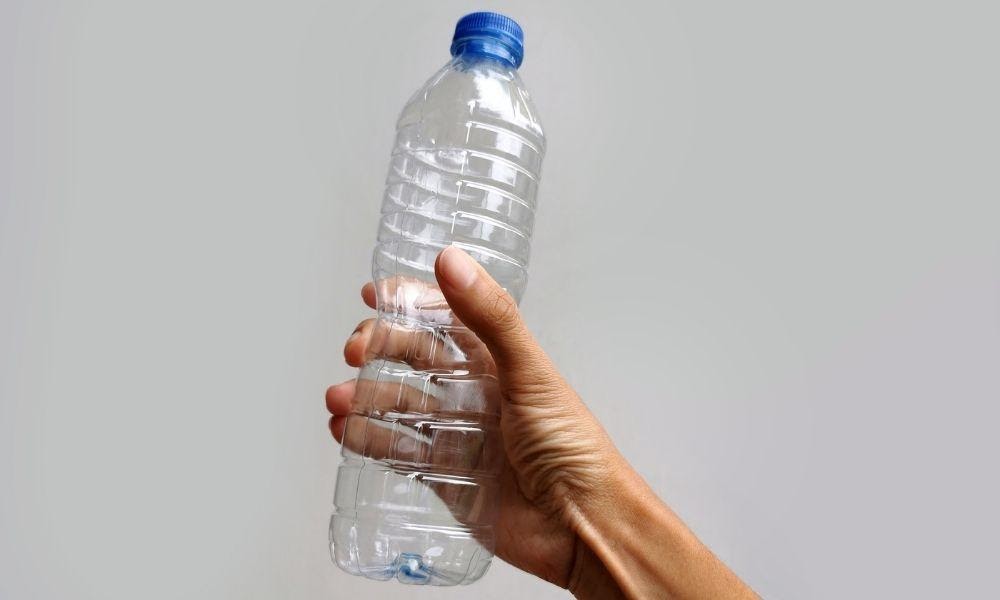
Since the onset of 2012, the world has been fanatical about plastics containing BPA. Today, BPA-free material is the standard for food-grade products.
Most people have heard of BPA products or their counterpart, BPA-free plastics. But what is BPA-free and why does it matter? And what is BPA in the first place? Bisphenol A (BPA) is a synthetic compound containing estrogen. Polycarbonate plastics widely contain this compound. Read on to learn more about BPA and BPA-free products.
How BPA Affects Humanity
Many industries still fabricate food and beverage-related plastic parts that contain BPA, including baby bottles and utensils. When word got around that BPA was quite toxic to humans, the world took a stance against it.
BPA causes an assortment of issues for people. The compound is an endocrine disruptor that affects your hormones, regardless of gender. In men, it can cause cardiovascular diseases, while in women, it can cause early menstruation, premature puberty, and even infertility.
BPA in the Environment
While the world has worked to come together to battle the production of chemicals and plastics, there is still much work left to do. Recycling has become more popular in recent years, but you still find microparticles and traces of this harmful synthetic everywhere you turn. Things have really regressed in our seas and oceans, now littered with trash and plastics that contain BPA.
Further Impact on Our Oceans
Contrary to popular belief, not all plastics last forever. Scientists recently discovered that many BPA-containing plastics break down into microparticles in the ocean. This causes a host of problems, as many other chemicals present in plastics are also toxic. Now, ocean life and ultimately humanity are consuming those main toxins.
The BPA-Free Recycling Codes That Everyone Should
Know
Here is a list of plastics and their recycling codes to follow. You can also use this list as a reference to gauge which plastics to use and which to avoid.
Code 1: PET or PETE plastics are made with nylon. Cooking oil and sodas containers include these materials.
Code 2: HDPE or High-Density Polyethylene is used in children’s toys, bottled shampoo, and bottled hygiene products.
Code 4: LDPE or Low-Density Polyethylene is primarily in garbage and grocery bags.
Code 5: Polypropylene or PP is used in the production of kitchenware and ice cream containers.
Code 7: This should be the most observed code, as it is the code for BPA-containing plastics. These should stay out of human hands as they are highly toxic and hazardous to your health.
Plastics have been in circulation for years now, but it has not really occurred to users that there could be an after-effect with dire consequences. Knowing what it means to be BPA-free and why it matters is important for everyone. If we are to move forward to protect our world from climate change and pollution, this should be on our to-do list as of yesterday

